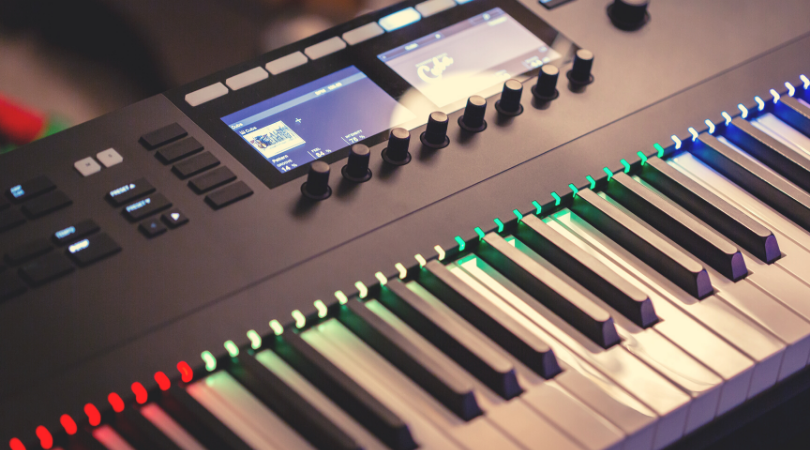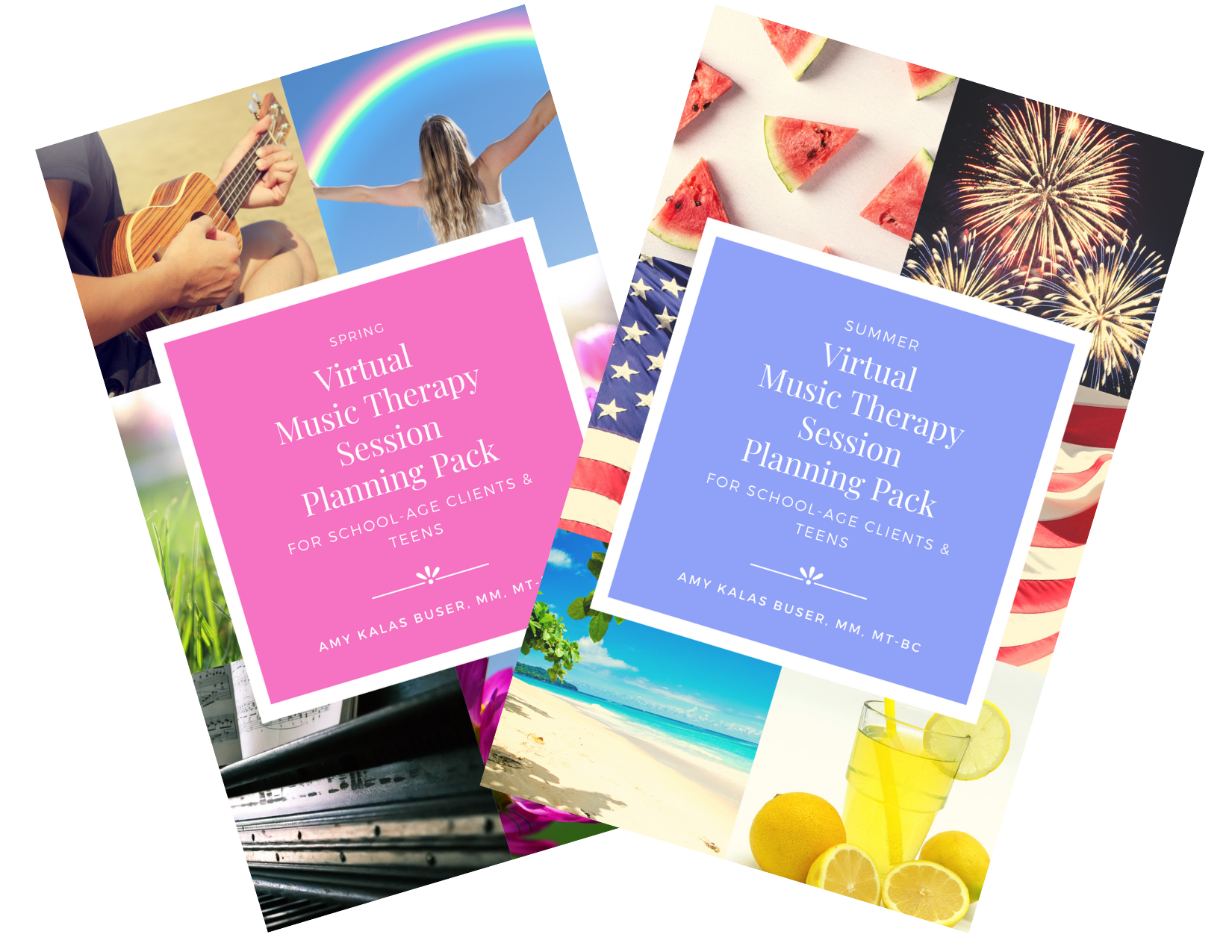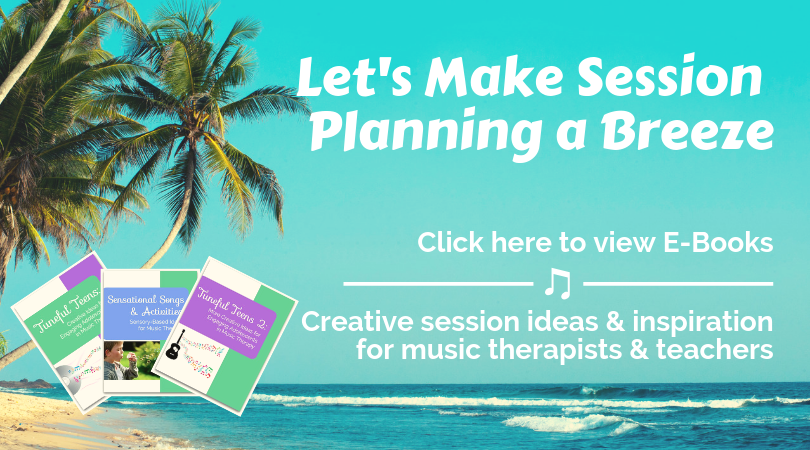
One of the services I love sharing about most with parents is our adapted music lessons.
Many parents tell me their child with autism loves music and wants to learn piano, but they tried with a “traditional” music teacher and it did not go well.
Our adapted lessons are unique in that they’re taught by board certified music therapists. This means we have the training and experience to work with students who have special learning needs.
We don’t expect a student to sit at the piano for an entire 45-minute lesson.
We incorporate music and movement, body percussion, musical games, and many other things to make lessons engaging and yes, even fun!
We don’t just teach from the lesson book.
We incorporate our students’ favorite songs, engage them in songwriting, and find other ways to motivate them based on their interests.
Here’s a closer look at some creative and engaging adapted lesson ideas that you can use with your tween and teen students:
Creative improvs – This is one of my favorites. I like to start and end each lesson with an improvisation. Sometimes, I leave it completely open ended and invite the student to play however they would like. Sometimes, I encourage them to incorporate something new we’re learning in the lessons: an improv using all fifths, or an improv using the pentatonic scale, for example.
And sometimes, I give creative prompts for the improvisations. For example: play like you are a dinosaur stomping around. Or, play like you are a ballerina dancing, or a spaceship taking off. Then, we’ll reverse it. I’ll ask them to play something and see if I can guess what they are trying to depict.
(Stay tuned next week where I share some of the visuals I’ve created for these creative improvs!)
Musical games – Another teacher and student favorite. I’m a do-it-yourself kind of gal. So, I created my own music symbol flash cards and use them in a variety of cards games. It could be memory or it could be Go Fish – any way you can get your students to practice identifying and naming those musical symbols.
Songwriting – This does not have to be complex (though it certainly can be if your student is at that level!) You can allow the student to compose a song all on their own. Or, you can provide sentence starters, or a fill-in-the-blank structure.
I’ve used songwriting as a way to motivate my students to learn about chord families and of course, to practice them. It’s also a great way to give the opportunity for self-expression, and for the student to write about a topic that’s of interest to them. Who wouldn’t want to practice a song about gumdrops or Hamilton?
Favorite songs – This one is a fantastic motivator. Can we all agree that sometimes the songs in lesson books, especially for older students, are not always the most thrilling? I do teach from a lesson book, but will accompany that with songs chosen by the student. This is a great motivator to get them playing on the instrument and practicing, which is ultimately what we want!
Using favorite songs can also serve as a reinforcer at the end of a lesson after they’ve worked through their lesson book material. I’ve incorporated every kind of song you can imagine – everything from Frozen to Green Day to Ariana Grande to Bob Dylan.
I’ve used these techniques for years and have seen how they motivate students to practice and get excited about the instrument they’re learning.
If you have ideas for how to make adapted lessons more engaging, I’d love to hear them. Leave a comment below to share!
And, be sure to stay tuned next week, when I share more about the creative improvs mentioned above and some of the visuals I created and use.




[…] Last week, I shared some of the ways we as music therapists make adapted music lessons “cool” and engaging f…. […]